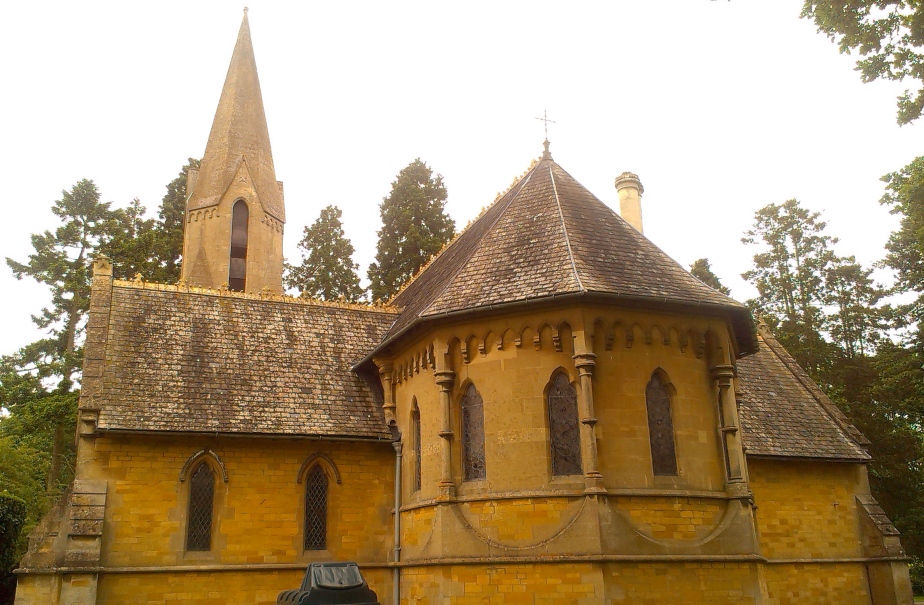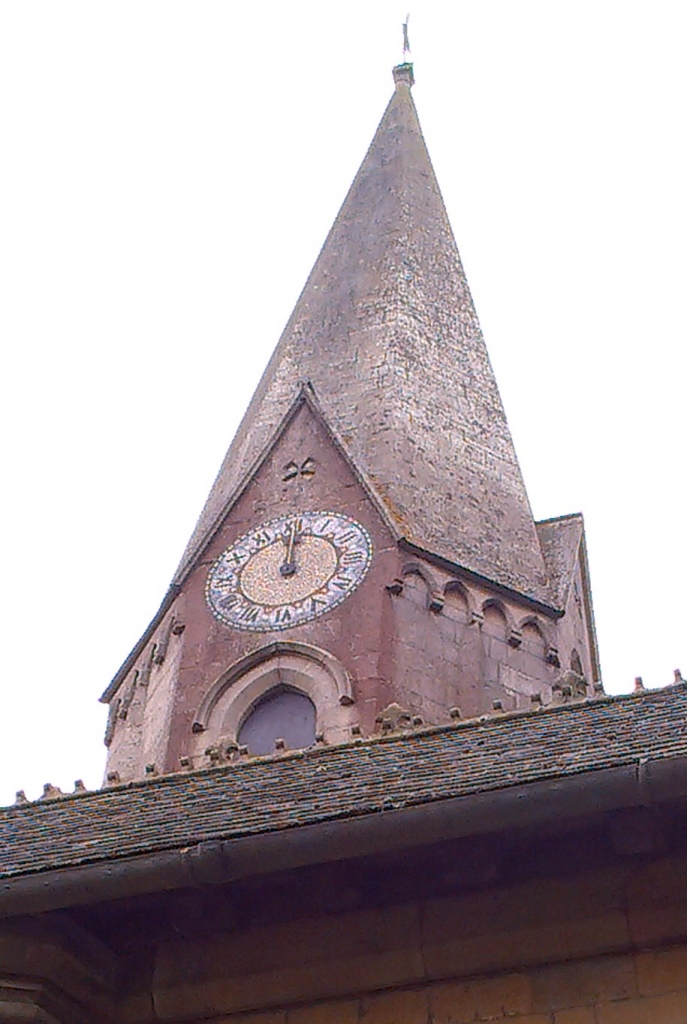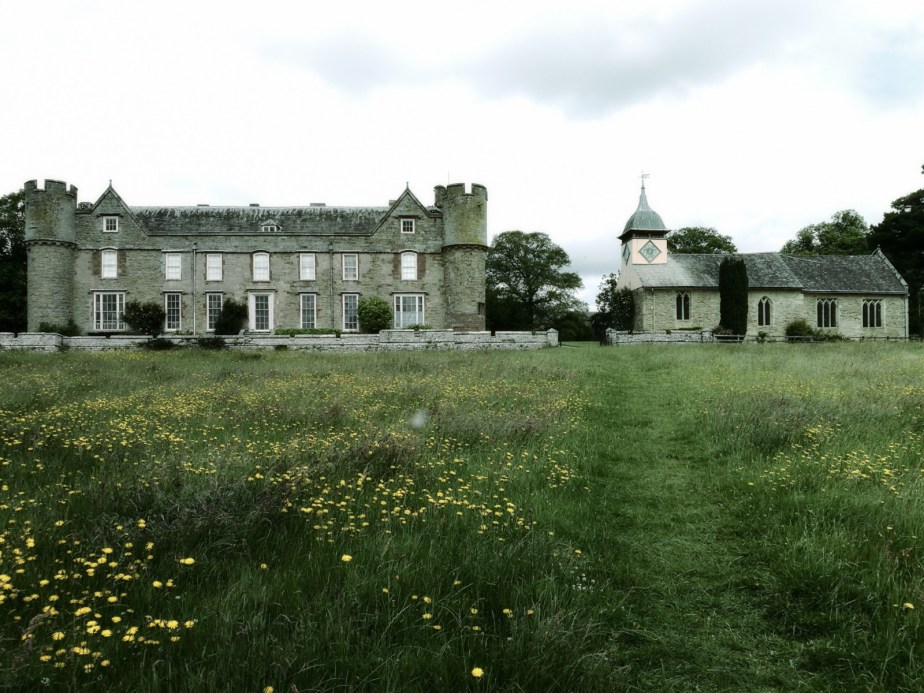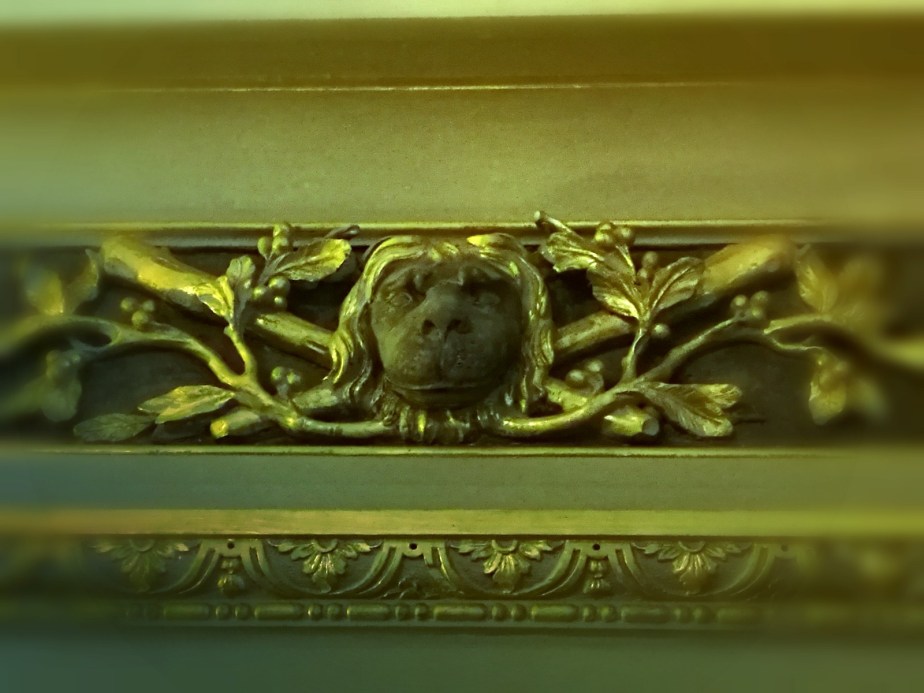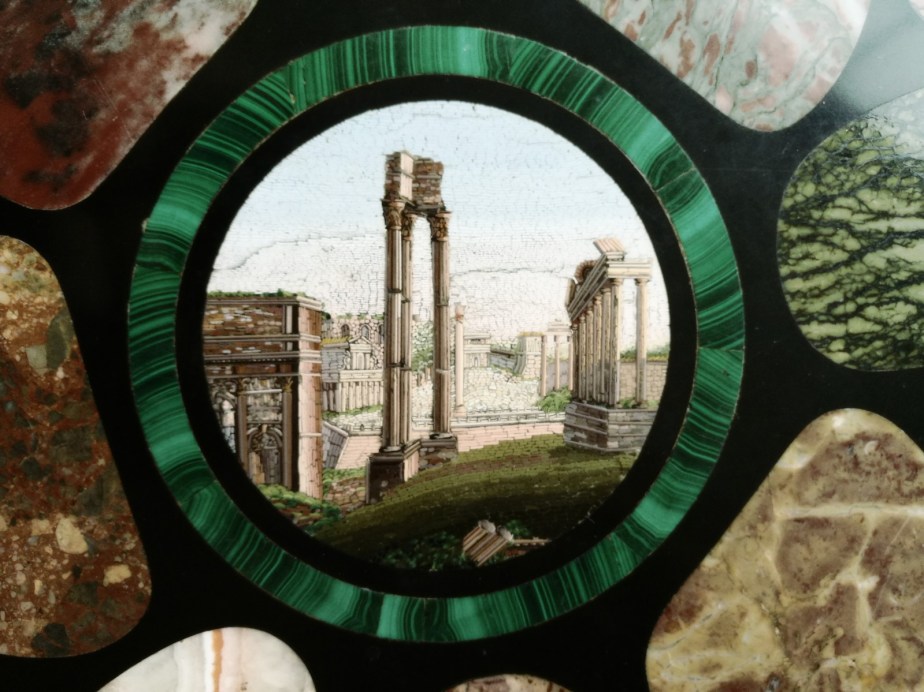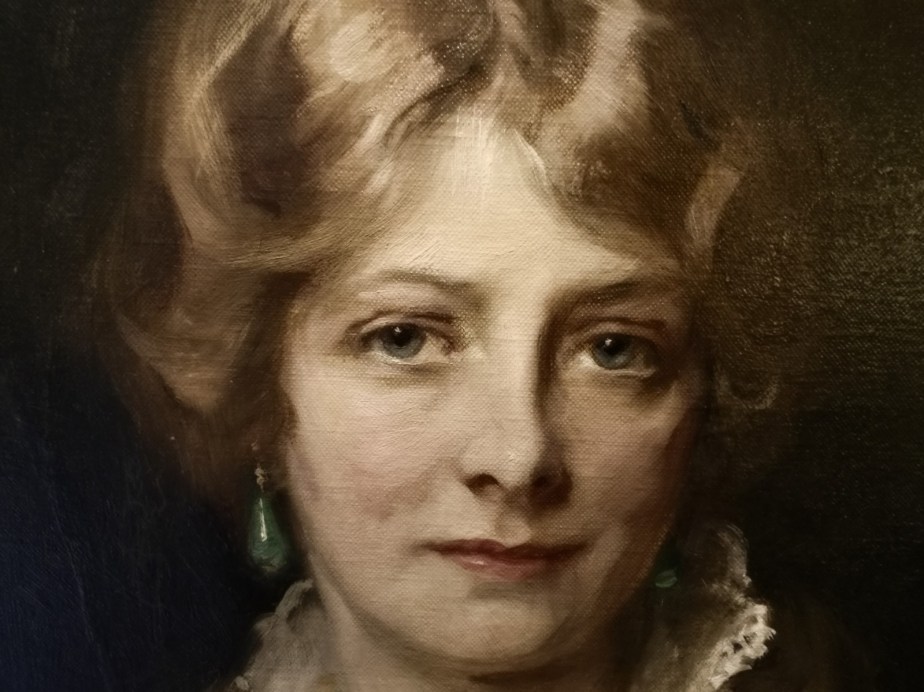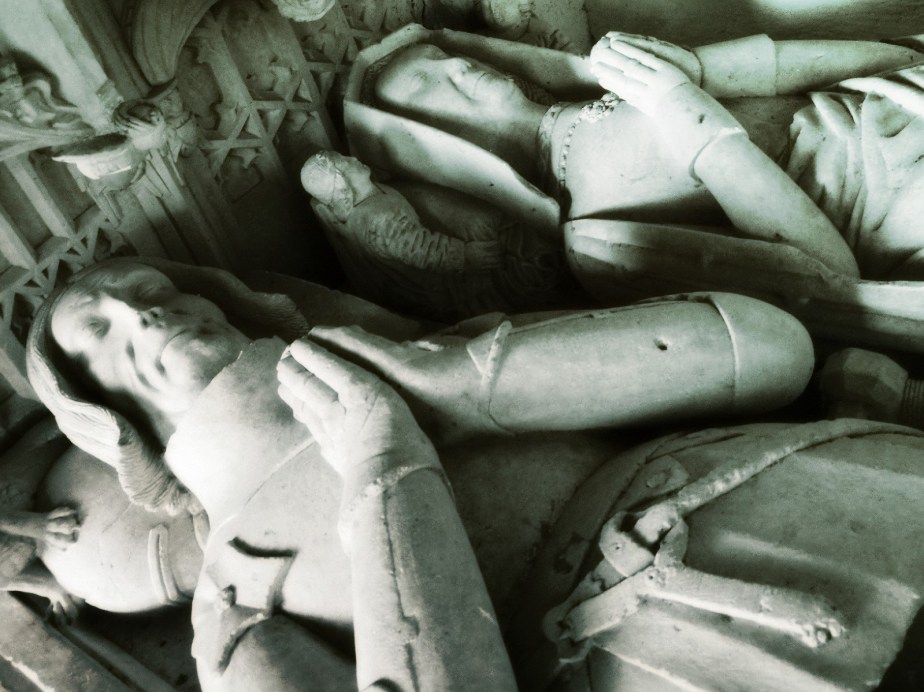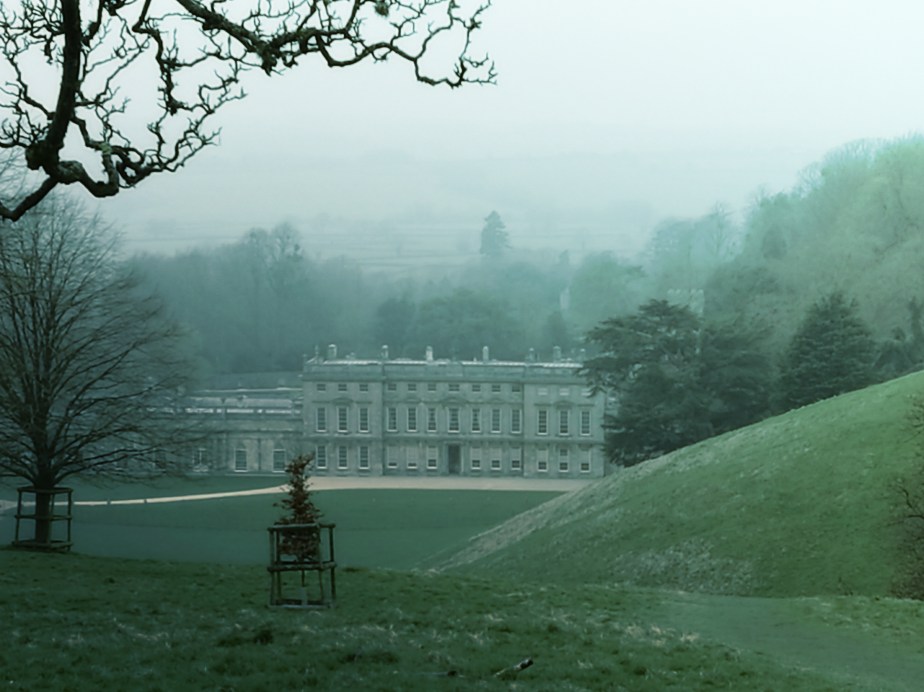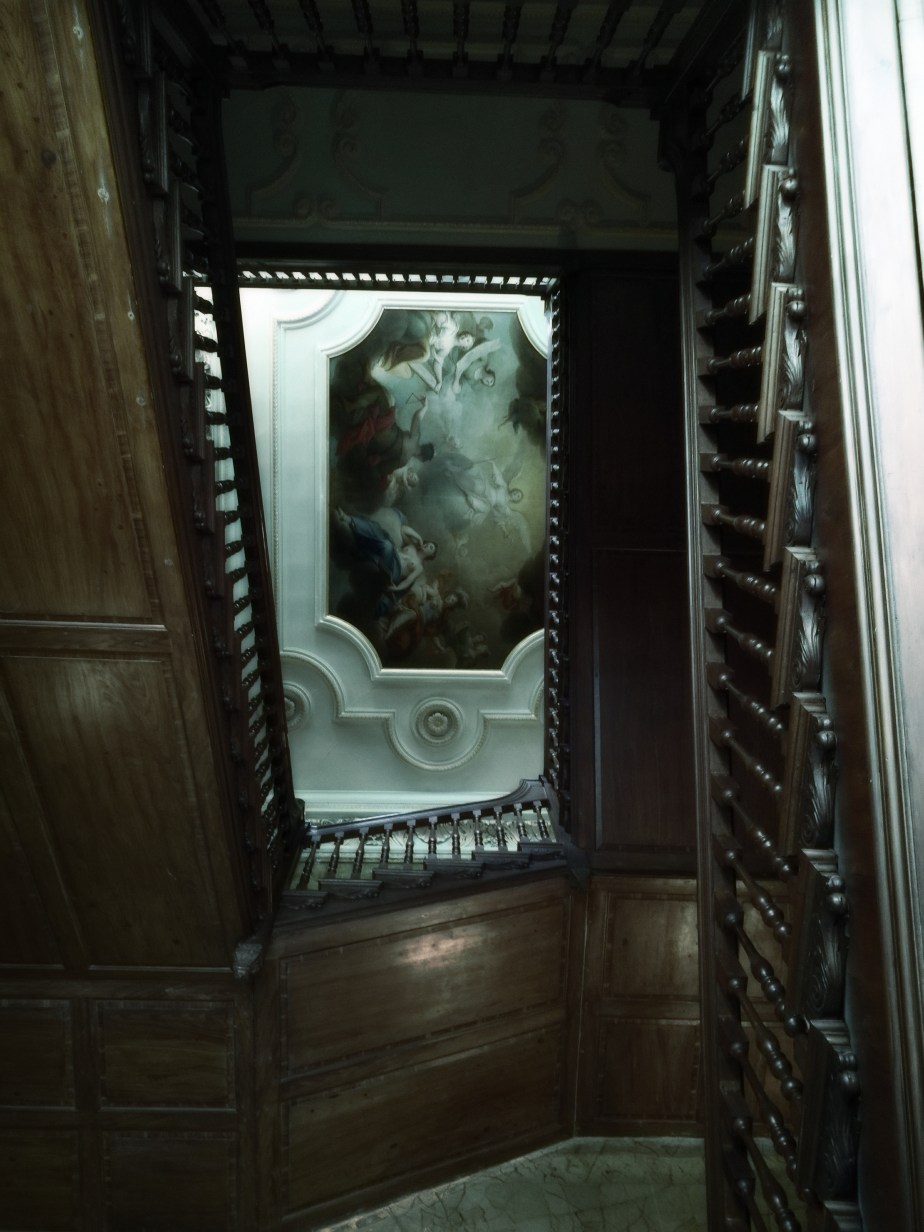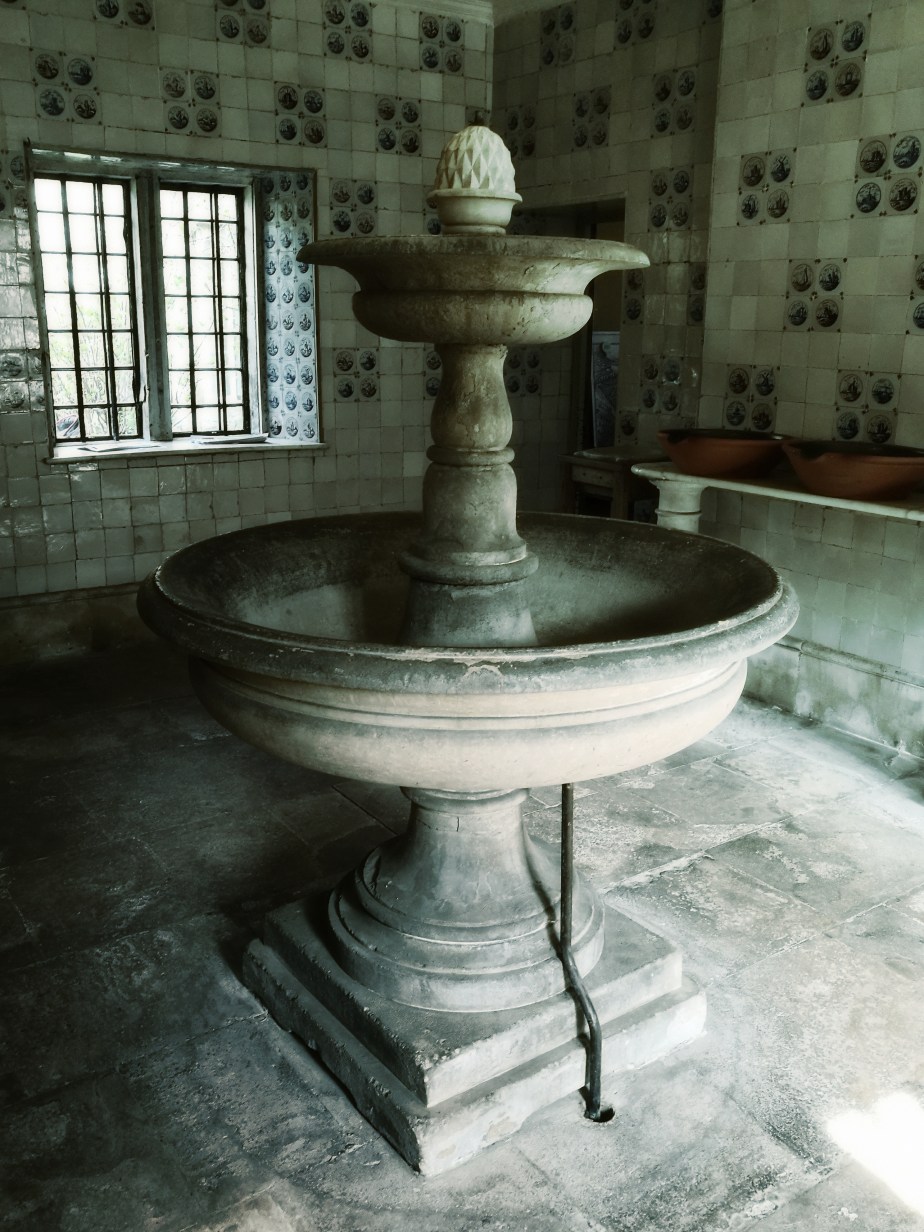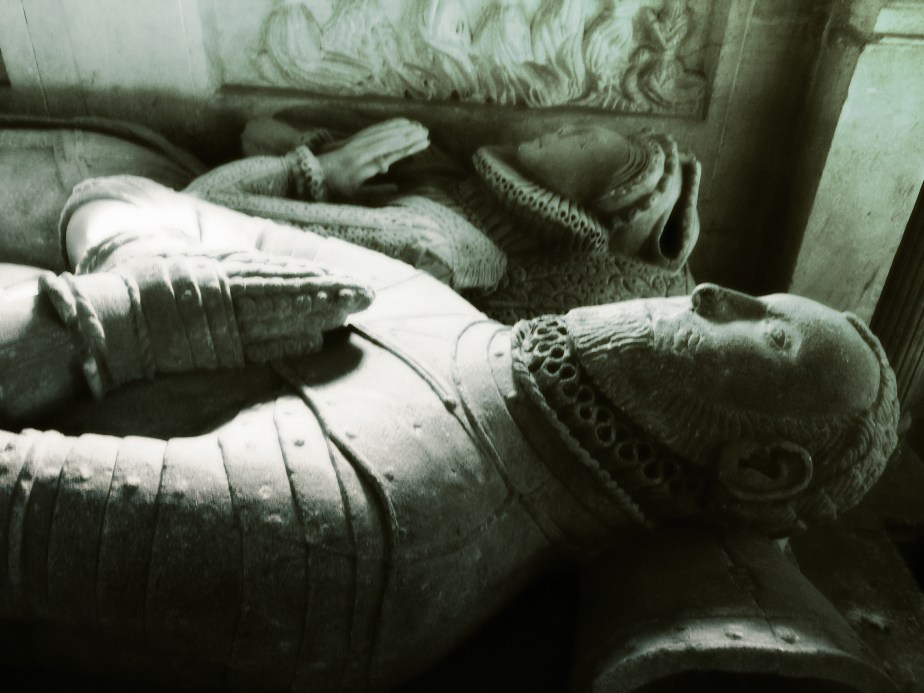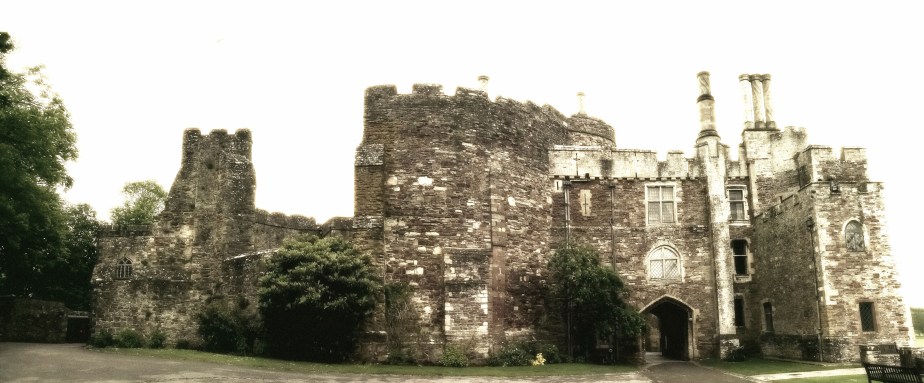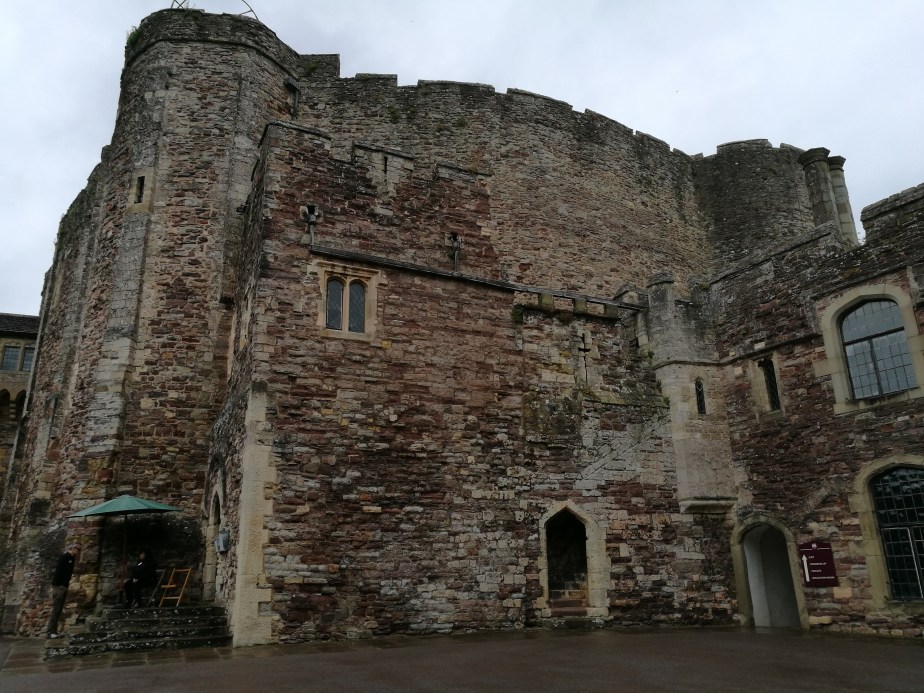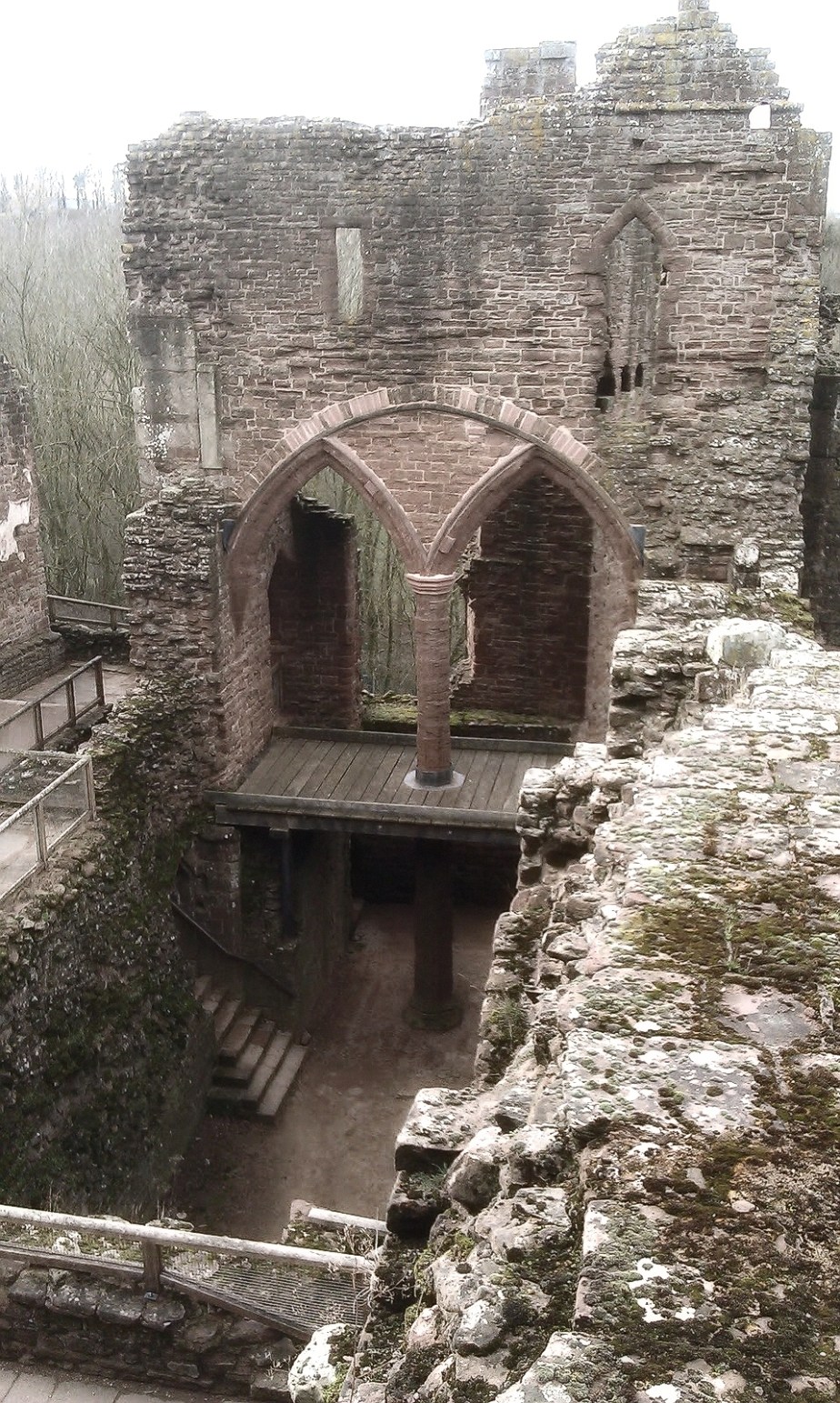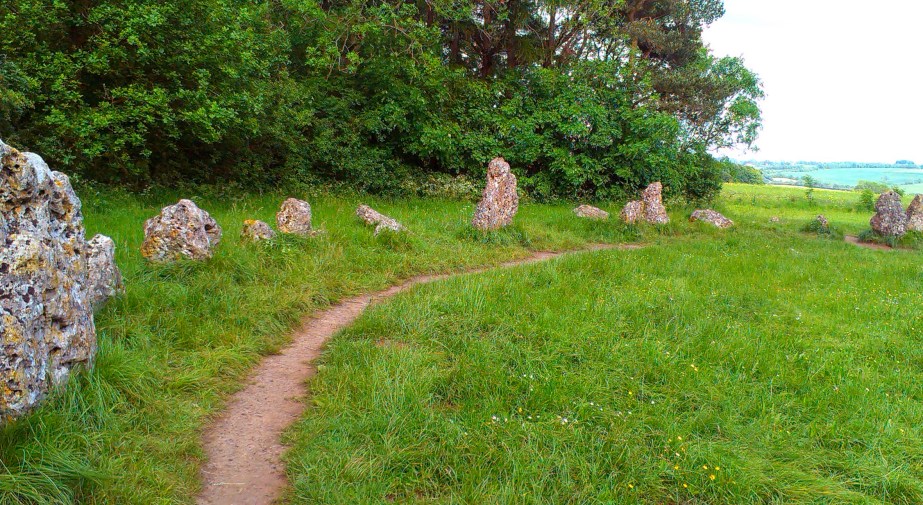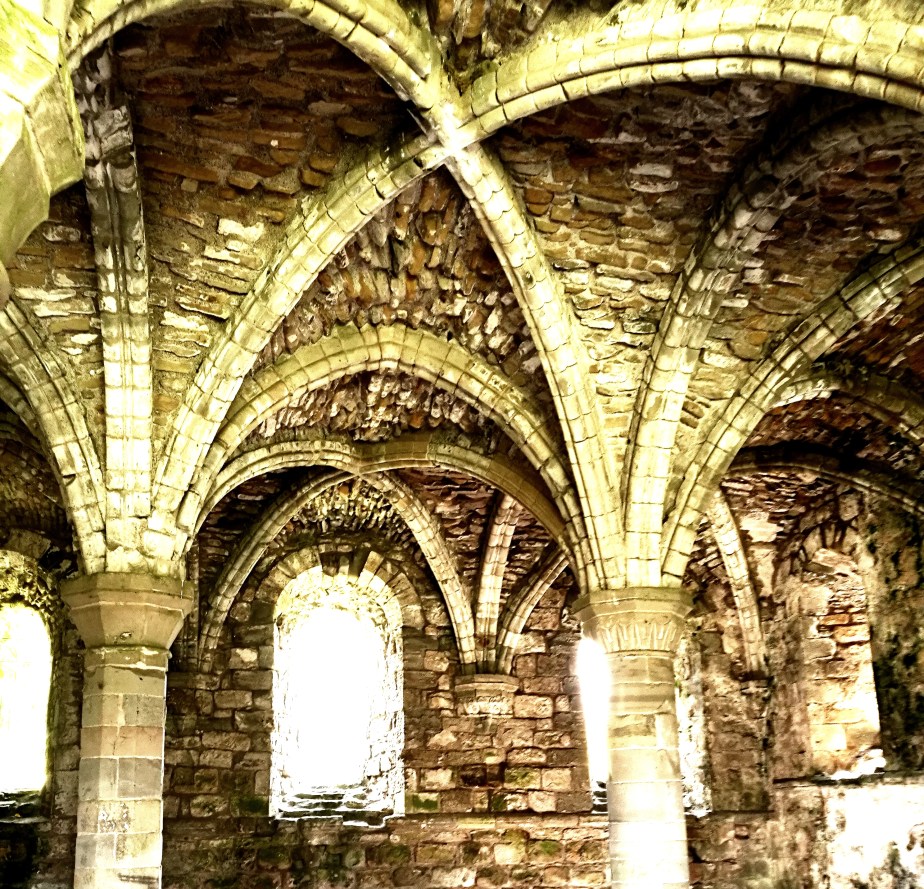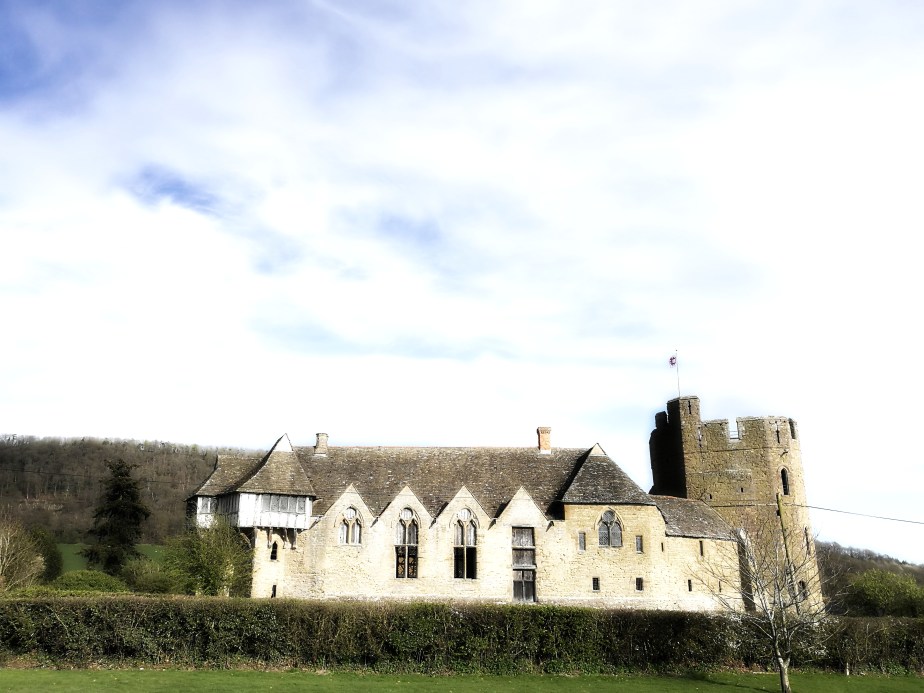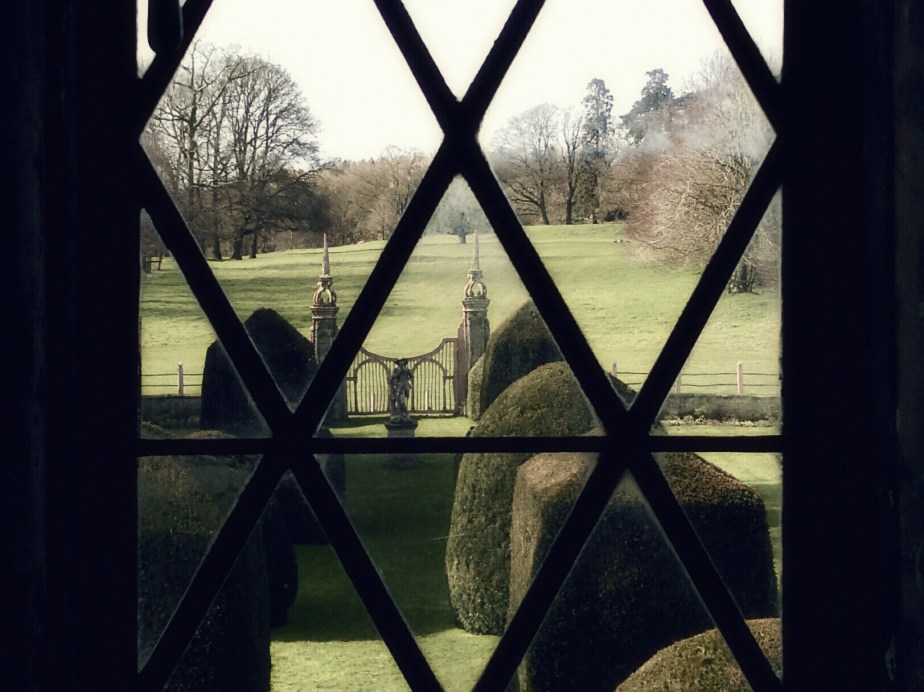Well another busy week under the belt. I did manage one little history-junkie’s treat this week but I’m going to save that one for another day. Instead I thought we’d go on an alternative tourist-cum-shopping trip around my favourite town in England – Bath. Actually this is going to end up being rather more shopping than history, so switch off now if you’d rather.
Oh and before you go, just to say with a fair wind I’ll be sending out the third Loose Threads at the end of the week, so if you haven’t already signed up and would like to receive a copy, you just need to fill in the pop-up that annoyingly interrupts you here – sorry – you only have to do it once).

Bath is one of those towns whose history goes back to pre-Roman times and where heritage drips from every street corner. I’m lucky to be able to go a few times each year and spend a day wandering around the streets, doing the whole tourist bit and generally enjoying the atmosphere.
I’m going to assume that if you went you’d be similarly bowled over by all the gorgeous Georgianess everywhere, so I’m not going to dwell on that – let’s just agree that this is actually the best bit and it’s the backdrop, the scene-setting for the following suggestions.
Oh and before I start, if it is your first visit to Bath, you simply have to see the main attractions – go straight to the Roman Baths and get in the queue, then pop over to the Abbey and then leg it up to the Assembly Rooms and then up again to the Royal Crescent via the Circus.
But if you’ve done those before and you have a few hours to spare – this is what I’d do…
Country Threads
I’d pop into Country Threads in Pierrepont Place down near the railway station. This little shop has quite possibly the best collection of printed cottons you could ask for. I regularly spend a small fortune in there and I don’t even quilt. Be warned, time can go strangely quirky in there – remember British Rail time…
The Guildhall Market
Next I’d walk up to Bath’s Guildhall Market. Inside there are about 20 different stalls including two that I always make a point of visiting – Skoobs Bookstall, which has every second-hand book you ever wanted (well ok, maybe an exaggeration, but they are seriously good, especially if you’re looking for series of books. My OH is working his way through the Patrick O’Brian’s at the moment and I’ve had no end of detective fiction from there – and the other must-see for me is Not Cartiers, which has so much bling it will make your eyes water, but you’ll be crying with happiness when you spot the prices. It’s a little jewellery cavern, twinkling with diamanté and I defy you not to fall in love with something small and shiny.
Pulteney Bridge
Once I’ve managed to tear myself away from the market I’d probably be looking for lunch. The Bridge Cafe on Pulteney Bridge has the advantage of windows overlooking the weir – and last time I went, they made an excellent cheese salad sandwich (this isn’t really a general recommendation, but a decent cheese salad sandwich isn’t something I’ve found very often and finding anywhere to sit down for a few minutes in Bath can feel like a huge relief).
Topping
Fortified with tea and cake I’d leg it up to the Topping bookshop at The Paragon. Bookshop again I hear you shout – well yes, nothing at all wrong with spending all day doing a bookshop crawl (ahem, Hay-on-Wye – just saying)… If you’re familiar with their shop in Ely, you’ll know why I like this one so much. There are to be fair several other really good bookshops in Bath.
The Fashion Museum
Then I’d stroll along, detouring to walk past the Assembly Rooms. If you have time, the Fashion Museum under the Assembly Rooms is a real treat, both for the clothes which are fascinating, but also because they let you dress up (and we’re not just talking children here – they positively encourage us grown-ups to dress up too! Do it, I promise it will make you laugh, but only go if you have time, it isn’t cheap and you’ll want to stay and have fun.
The Royal Crescent
After that walk along to the Royal Crescent. There’s something so ostentatious and at the same time so restrained about the Royal Crescent, I can’t make my mind up about it and you really do have to pay homage to the architects at least once on your visit. Still, you get to peep in through the windows and wonder about what it’s like living inside. There is a hotel on the Crescent too – when I win the lottery I’ll tell you what it’s like (if you’ve actually been, do tell all about it!).
Victoria Park
My next stop would depend on whether the family were with me or not. If they were, we’d undoubtedly be going to play a round of crazy golf at the Victoria Falls Crazy Golf course in Victoria Park. This has become a family tradition, something we do whatever the weather (and yes, even torrential rain hasn’t stopped us). You may not feel a similar need, I absolutely understand.
The Georgian Garden
Alternatively on the other side of the road is a little gateway at the back of some lovely old townhouses which takes you to the Georgian Garden – and it proves that there is beauty in small packages. Pop in there instead, it’s free and a little oasis of calm.
Bath Abbey
Afterwards I’d make my way back into the centre of town and stroll around the Abbey. This is a beautiful building from every angle. If the tower is open go up and see the city from up there, it’s quite something. You could probably justify an ice-cream or cream tea if you’ve made it this far.
And there we have it, a wonky circuit of sorts. A mixture of mildly eccentric shops, hidden and not so hidden gems, set in a glorious creamy Georgian dream world – or so it seems to me.
I’d love to know what are your Bath highlights. Which places do you always visit and why? Hopefully I’ll be back in Bath again during the summer, so any suggestions gratefully received.
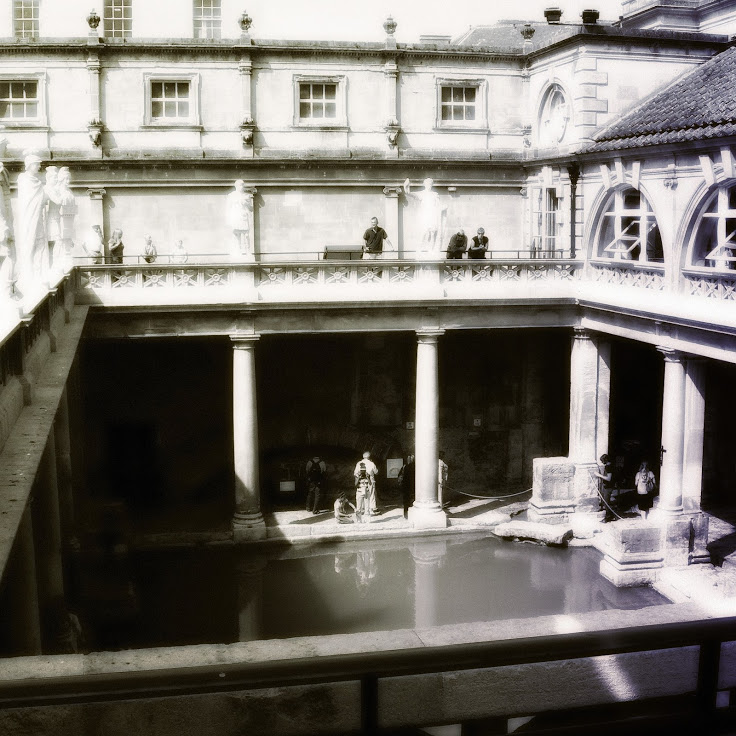


Oh and just so you know, there are public toilets down near Debenhams (modern and generally acceptable), just past Waitrose (a bit dodgy looking but generally ok) and over at the Pavillion in Victoria Park. Plus of course pubs etc.
By the way, Dyrham Park is just a few miles out of Bath – you can read about it here.

